In today’s digital age, cybersecurity is more critical than ever. With increasing reliance on technology and the internet, organizations are becoming prime targets for cybercriminals seeking to exploit vulnerabilities. Cybersecurity solutions are designed to protect sensitive information, networks, and systems from cyber threats like hacking, malware, and data breaches. A robust cybersecurity strategy is essential to maintain privacy, ensure business continuity, and safeguard a company’s reputation.
Key Cybersecurity Solutions
- Firewalls
Firewalls serve as the first line of defense against external threats. By filtering incoming and outgoing traffic based on predetermined security rules, firewalls block malicious activities, unauthorized access, and potential cyberattacks. Next-generation firewalls also incorporate deep packet inspection, intrusion prevention, and application awareness to enhance security. - Antivirus and Anti-Malware Software
Antivirus and anti-malware tools are crucial in detecting and preventing malicious software such as viruses, trojans, and ransomware. These tools regularly scan systems for known threats and provide real-time protection, ensuring that devices and networks remain secure against emerging threats. - Encryption
Encryption protects sensitive data by converting it into unreadable code, which can only be decrypted with the correct key. Whether data is stored on servers or transmitted over networks, encryption ensures that even if a cybercriminal gains access, the information remains unreadable and useless. - Multi-Factor Authentication (MFA)
Multi-factor authentication enhances user access security by requiring more than just a password to authenticate identities. MFA typically involves a combination of something the user knows (password), something the user has (smartphone or token), and something the user is (biometric data), significantly reducing the risk of unauthorized access. - Security Information and Event Management (SIEM)
SIEM systems collect and analyze security event data from various sources within an organization’s network. They provide real-time threat detection, incident management, and forensic analysis, enabling organizations to respond to security incidents swiftly. - Penetration Testing
Penetration testing simulates cyberattacks to identify vulnerabilities in systems before malicious actors can exploit them. Regular testing helps organizations understand potential weaknesses and take preemptive action to mitigate risks.
Benefits of Cybersecurity Solutions
- Protection from Cyberattacks: Prevents unauthorized access and minimizes the impact of attacks.
- Data Integrity: Ensures the accuracy and reliability of data across networks and systems.
- Compliance: Helps organizations meet industry regulations and standards, such as GDPR, HIPAA, and PCI DSS.
- Business Continuity: Minimizes downtime and disruption caused by cyber incidents, enabling companies to maintain operations.
Conclusion
As cyber threats continue to evolve, the importance of implementing comprehensive cybersecurity solutions cannot be overstated. By combining multiple layers of defense, organizations can protect their digital assets, reduce risk, and maintain trust with customers and partners. Cybersecurity is not just a technical challenge but a fundamental business necessity in today’s interconnected world.



